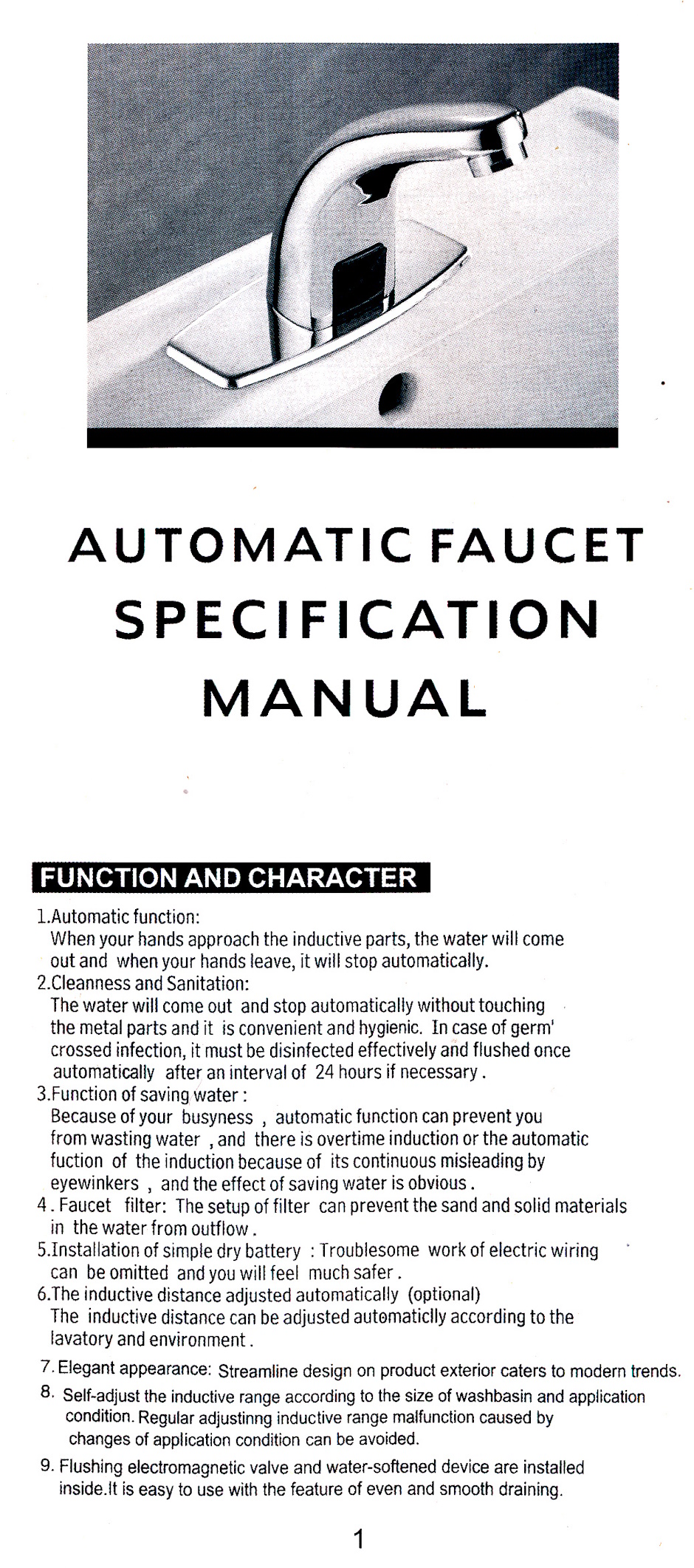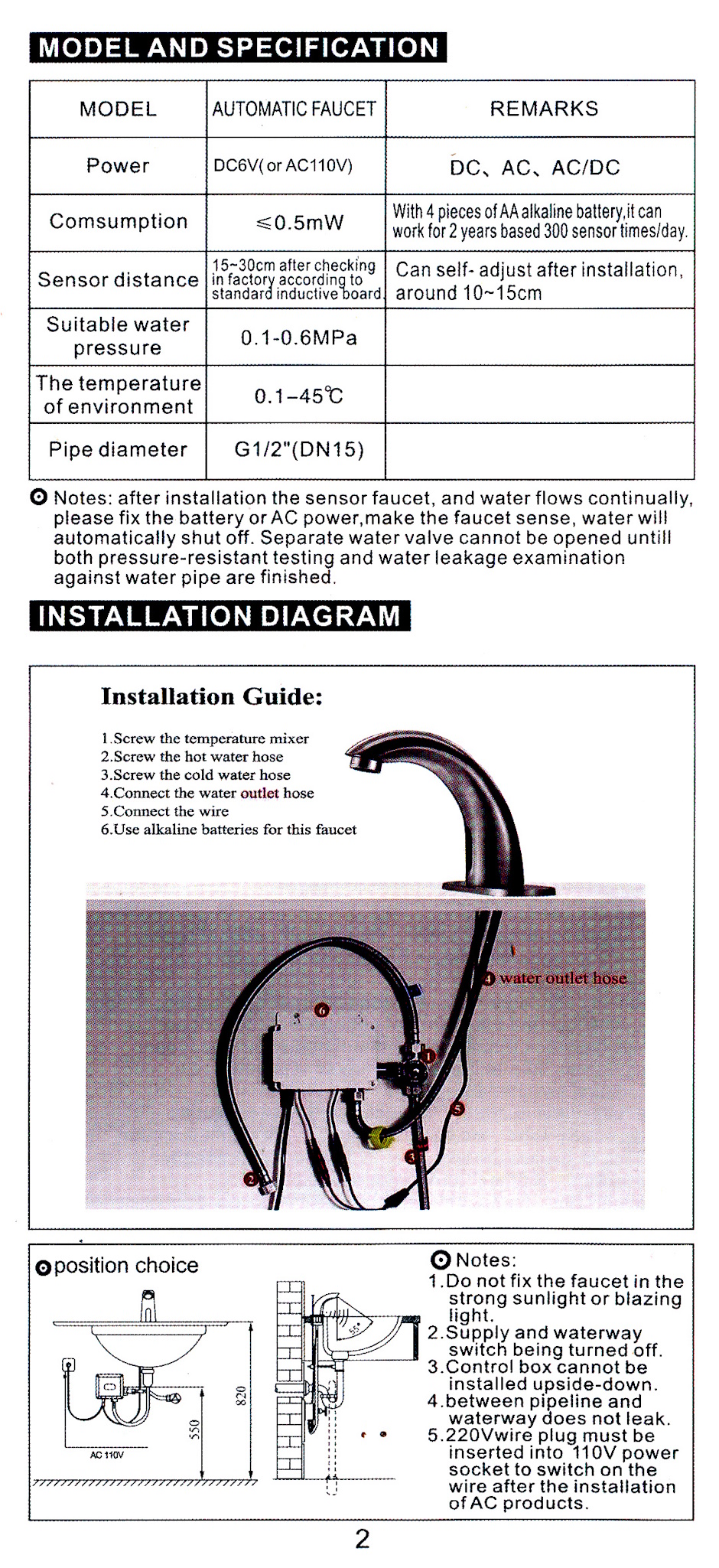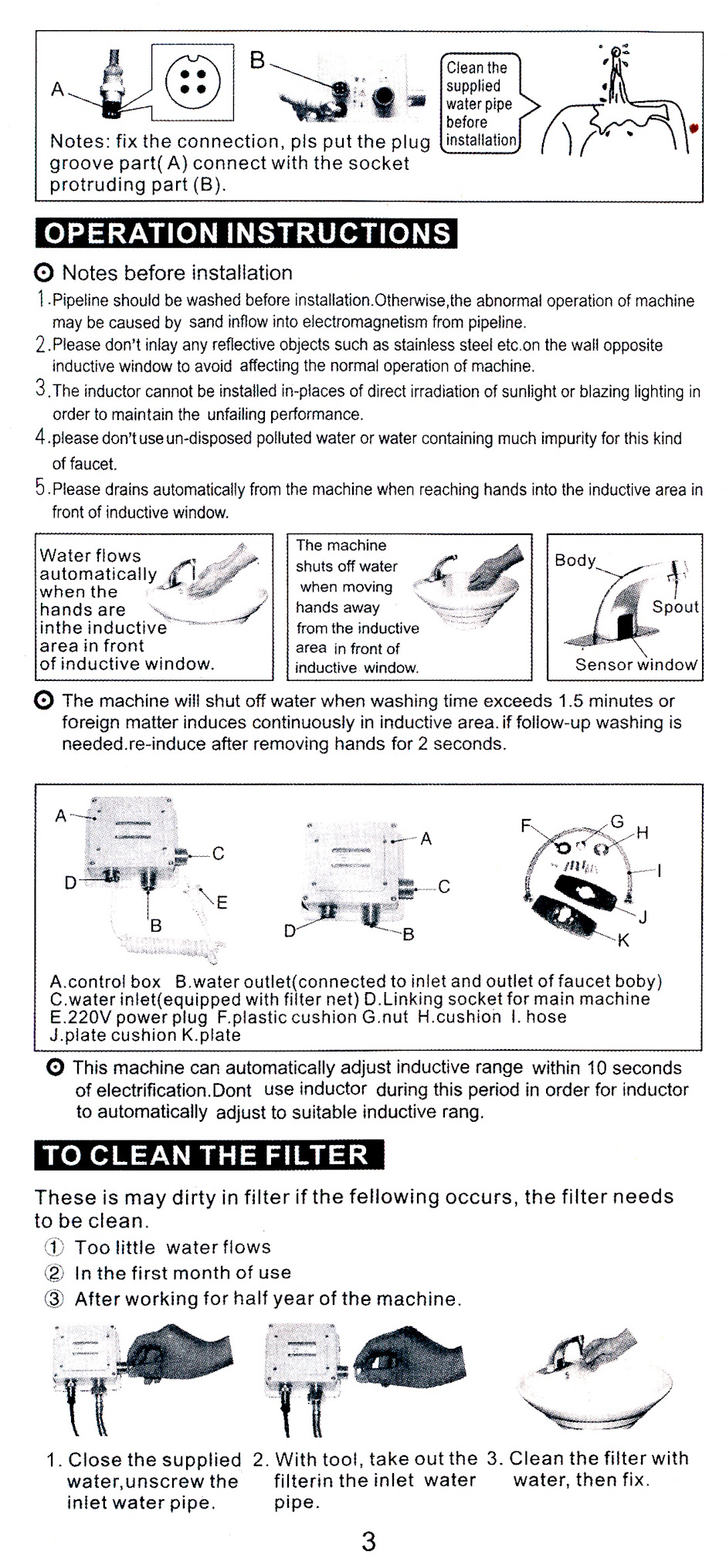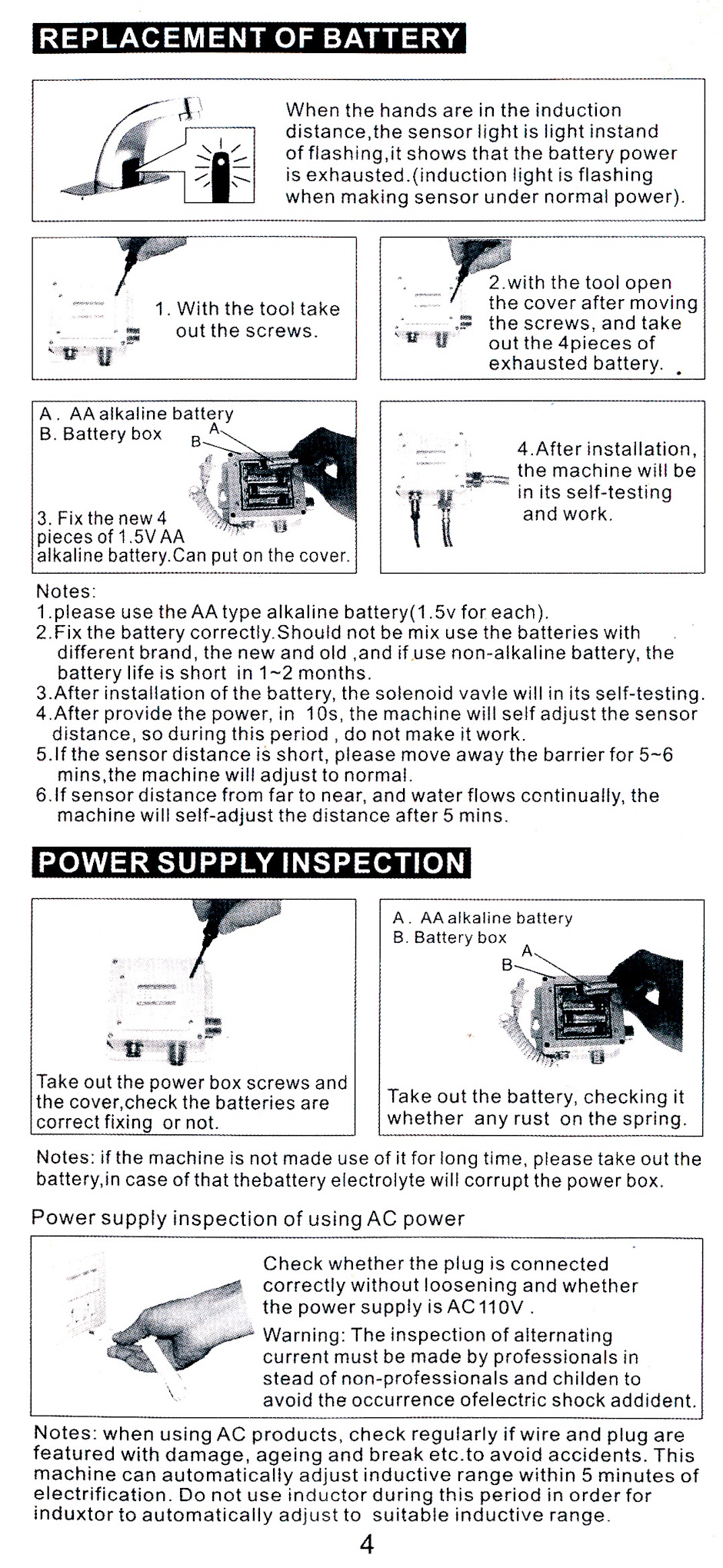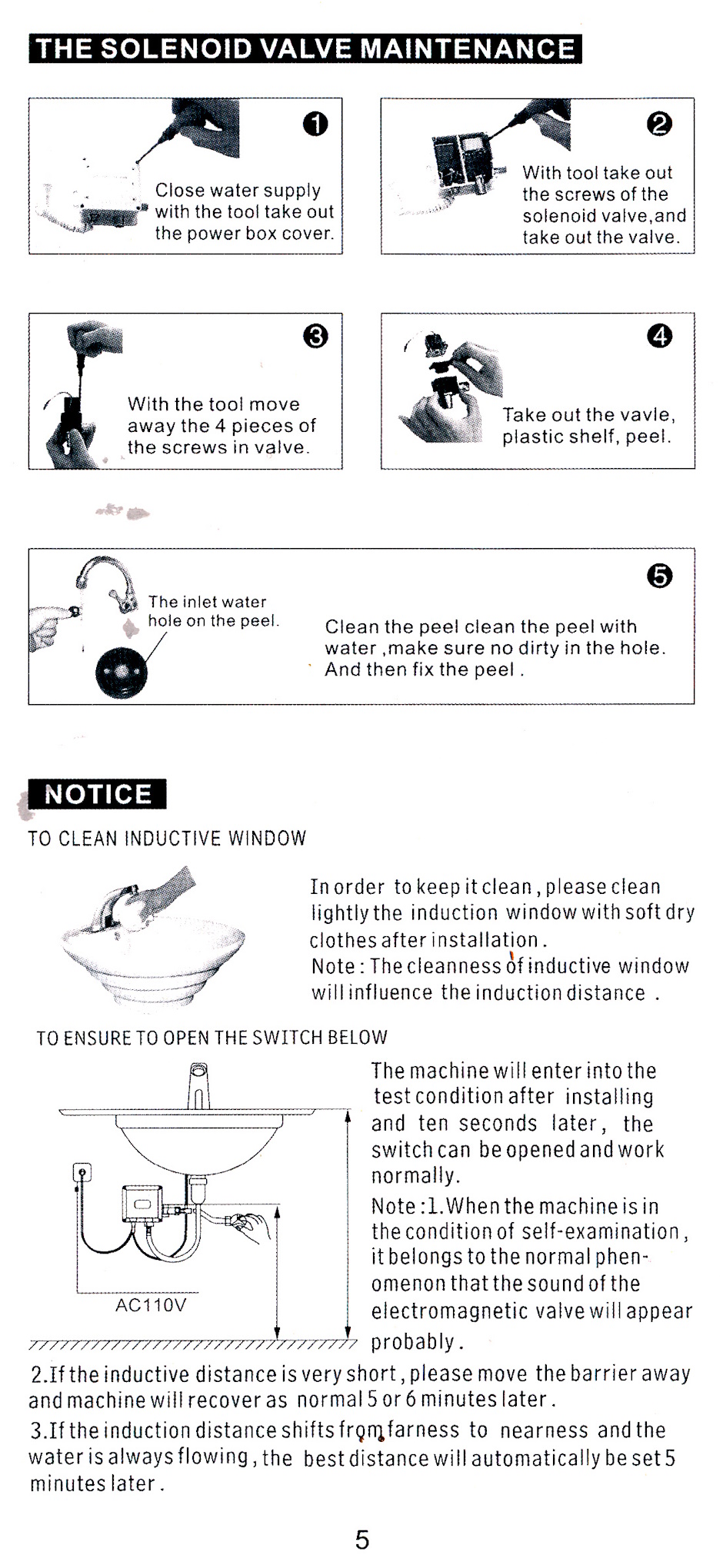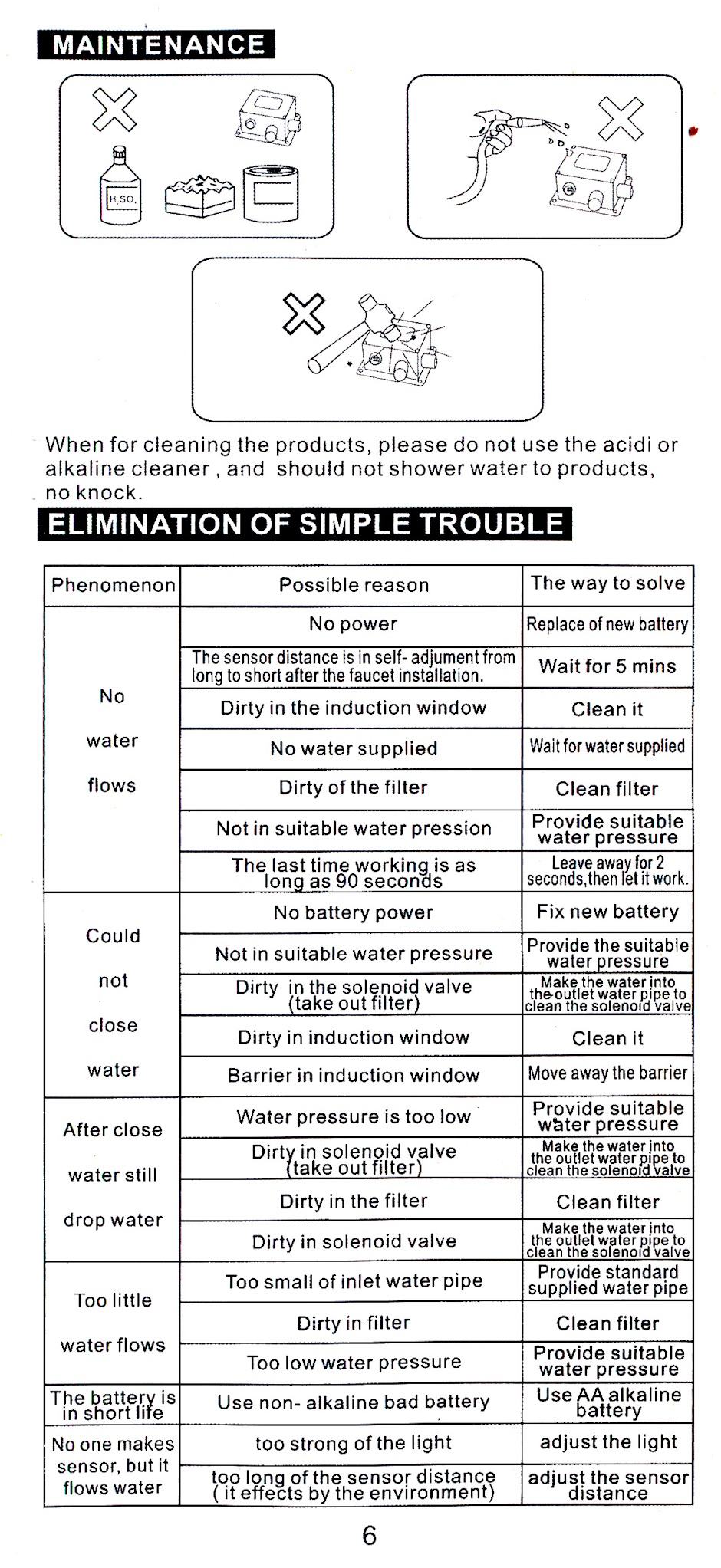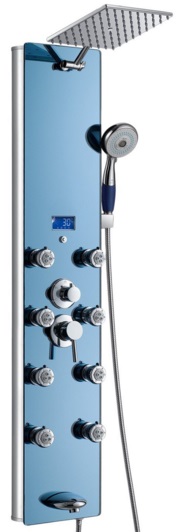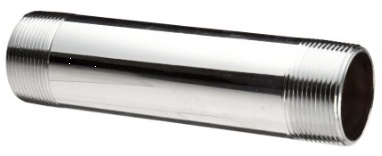Home Site Map - Techniques - Plumbing -
Plumbing Water Controls
![]() Turning water on and off, and controlling volume and temperature, eg
in showers.
Turning water on and off, and controlling volume and temperature, eg
in showers.
Fixture general principles
For point of use fixtures such as showers, sinks, and baths there are various control functions that are required:
1) Set temperature
2) Set flow rate
3) Turn on and off
(may be combined with flow rate control)
Temperature setting
The temperature setting mechanism needs to meet ASSE 1016 point of use plumbing code. It can be done with a thermostatic mixing valve that mounts on the wall or out of view under the countertop. You can mount a user accessible thermostatic mixing valve on the wall or you can hide it under the counter and use it without the trim fitted.
Thermostatic Mixing Valve (Wall mount)
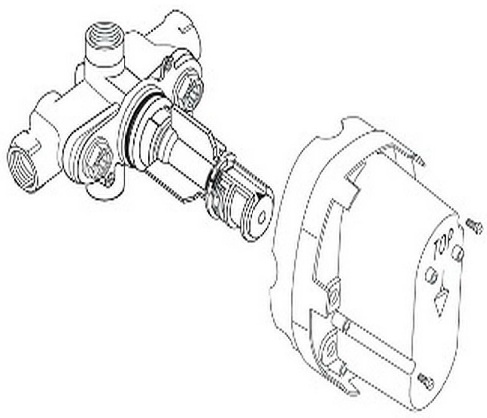 Details are
here
.
Details are
here
.

The trim needs to be brought separately.
Trim for Thermostatic Mixing Valve (Wall mount)
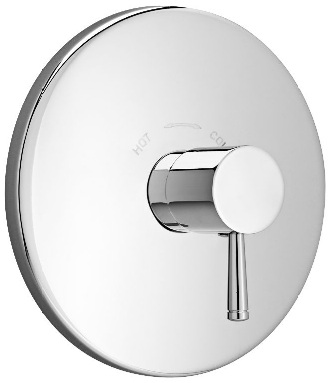
In many situations, you can share a thermostatic valve between more than one fixture, eg a shower and a sink faucet and/or a bath.
Thermostatic Mixing Valve (Hidden)
The problem with these is that they typically do not meet ASSE 1016.
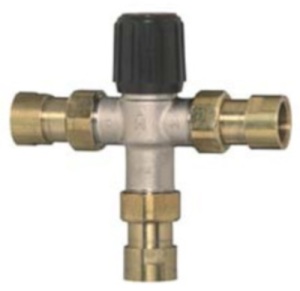 Details are
here
.
Details are
here
.
Flow rate setting (and on/off)
This determines the volume of water that flows. Sometimes it comes after the thermostatic mixing valve, ie it is controlling the volume of warm water. Typically the volume (flow rate) control is also able to shut off the water completely, ie it can also perform the on/off function.
On Off Volume Control Valve
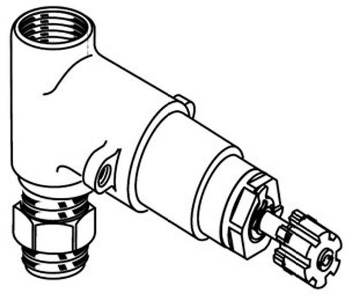 Details are here .
Details are here .
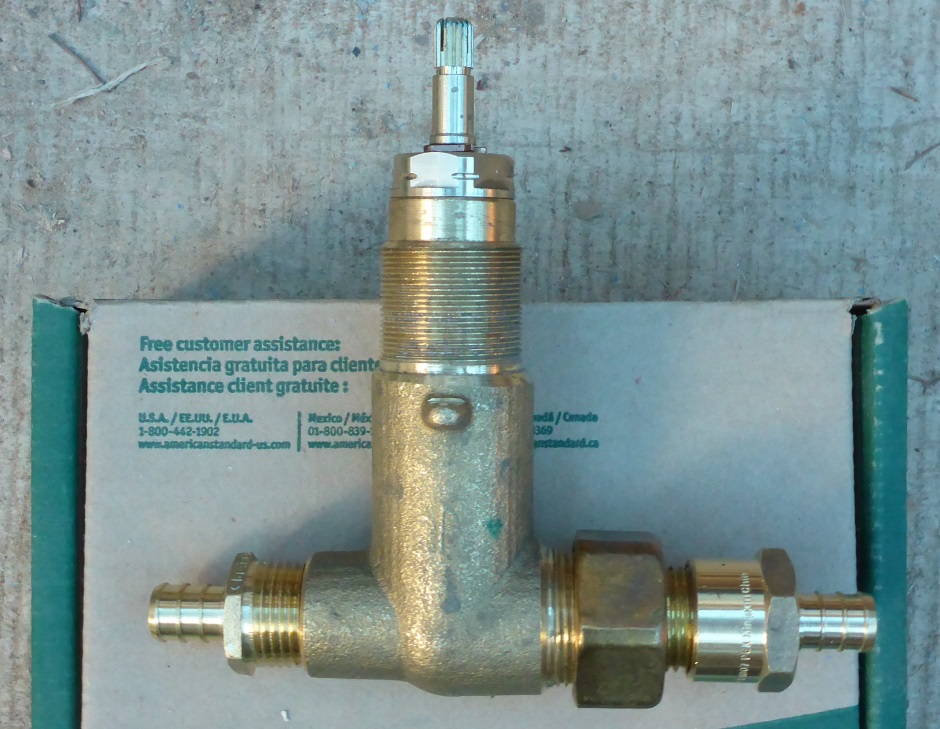
When running PEX pipe from the output of the valve to the wall outlet it is best to keep the pipe lower than the outlet so the outlet does not run-on after the valve is shut. It practice this means the water inlet pipe needs to come in from above.
The trim needs to be brought separately.
Trim for On Off Volume Control Valve
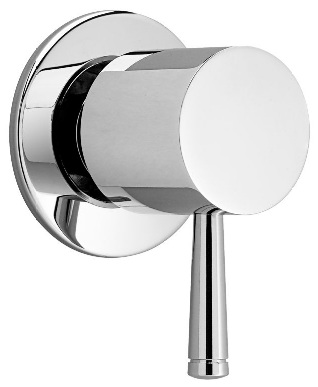 Details are here .
Details are here .
In showers as a cheaper alternative you can use shut-offs that mount on the NPT threads where the shower heads fit.
Water controls Rough-In
It is important to get the plumbing valves and other brass plumbing fittings the right distance behind the finished face of the wall. The finished face typically means the face of the tiles. Behind the tiles is Kerdi waterproof membrane with its two layers of thinset, and the drywall behind that. You need to do a CAD drawing to show exactly how far behind the finished wall surface the valve should be mounted when it is roughed-in.
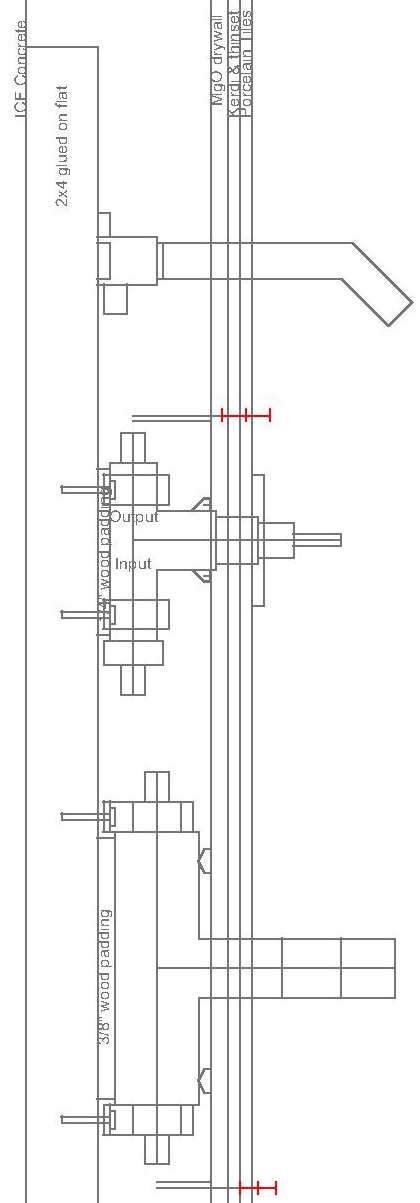
I glue on some 2-by wood flat to the surface of the ICF Concrete (after the ICF EPS has been stripped away). The plumbing valves are held onto the 2-by wood using 3/4" electrical conduit plastic loop straps.
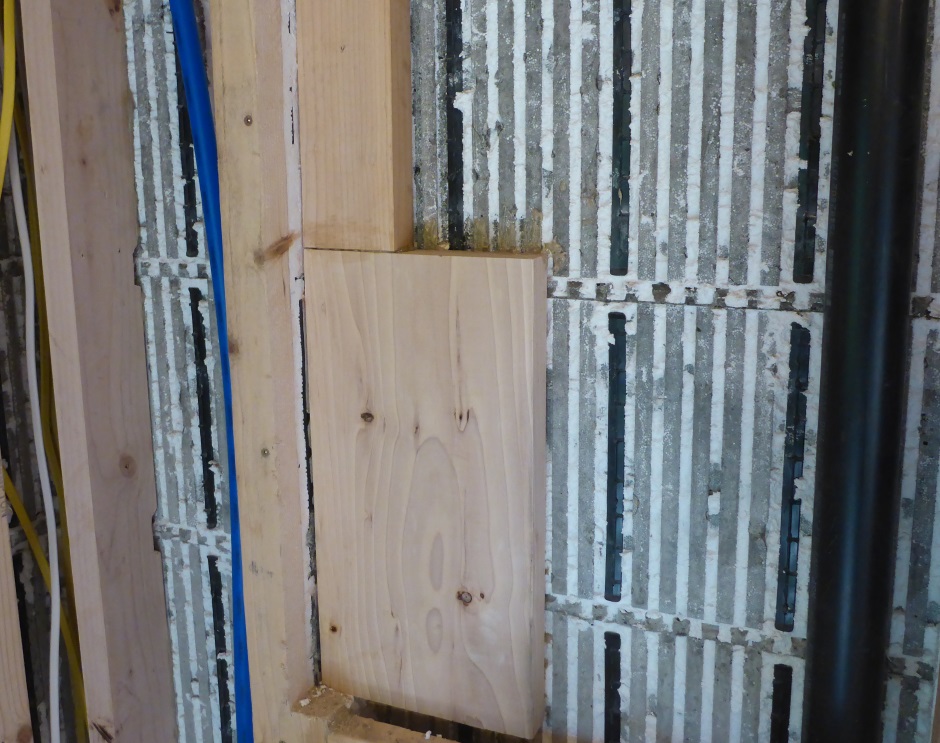
Showers
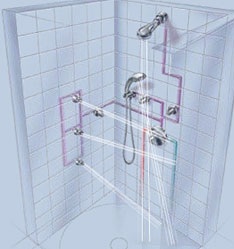
By code showers must be at least 30"x30" with door opening outwards and with door opening bigger than 22". The shower temperature control must meet ASSE 1016.
If you do not need to conform to code (ie do not need an ASSE 1016 temperature control and can make do with a pressure balanced temperature control) you can use an integrated shower assembly.
Shower On and off
Use a volume control valve (as described above).
Shower head turn-off
Typically there will only be one volume control knob that turns on the shower. The shower will typically have various different heads. If you don't want a particular head to be on or if you want to limit the flow from that particular head then a shower turn-off that screws onto the NPT thread before the head is a cost effective way of doing it.
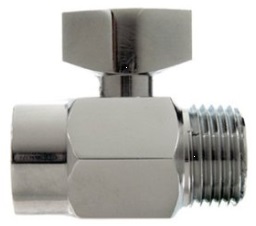 Purchasing details
here .
Purchasing details
here .
Shower head diverter
If you want an attachment for a flexible shower hose, rather than use a right angle wall elbow you can instead use a diverter so that the outlet can also be used as an auxiliary shower head when the flexible hose is not being used.
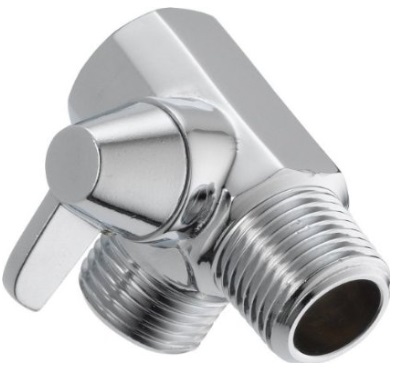 Purchasing details are here .
Purchasing details are here .
Flexible shower wall elbow
If you never want the outlet to be an auxiliary shower head then you can just use a wall mounted elbow outlet.
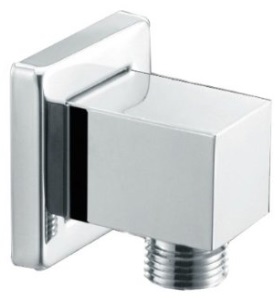 Purchasing details are
here .
Purchasing details are
here .
Flexible shower hose
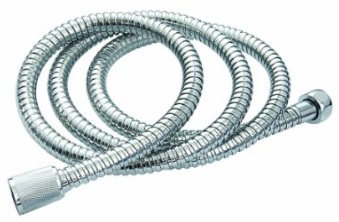 Purchasing
details are here .
Purchasing
details are here .
Flexible shower head
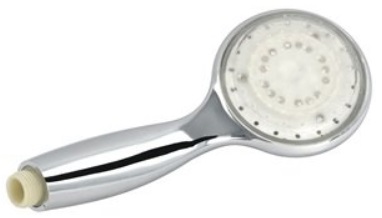 Purchasing details are here .
Purchasing details are here .
Flexible shower head holder
 Purchasing
details are here
.
Purchasing
details are here
.
Shower arm (bent)
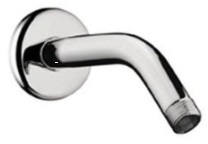 Purchasing details are
here .
Purchasing details are
here .
Straight shower pipe
For auxiliary shower head outlets you typically want to use a short straight shower pipe.
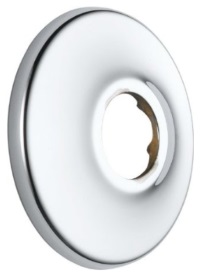 Purchasing details are here .
Purchasing details are here .
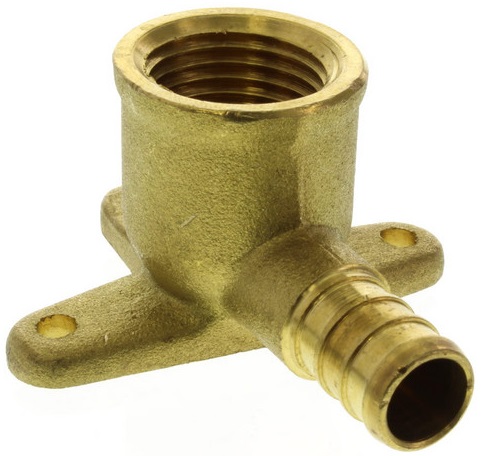 Details here .
Details here .
Shower Head (LED)
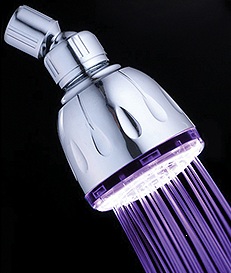 Details are here .
Details are here .
Shower Drain
For showers you need a good sized drain. Using 2" diameter drain is sufficient for all but the highest volume showers.
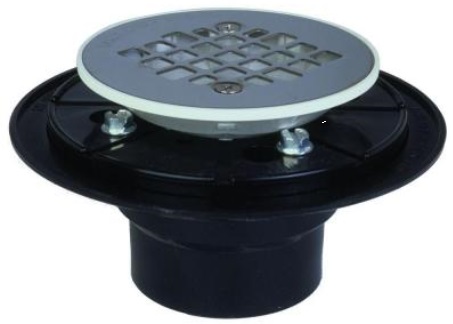 Details are here .
Details are here .
Motion Activated Faucet
